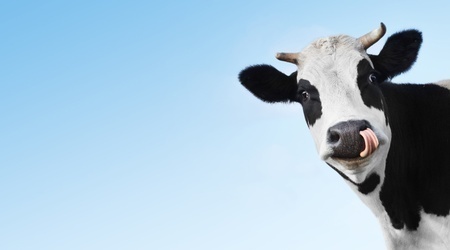What’s a cow got that you ain’t got?
Grains are the seeds of grasses. If you were to take a stalk of 18-inch tall semidwarf wheat, the creation of a genetics laboratory, you can’t eat the roots, nor the stalk, leaves, or husk. You can, however, isolate the seeds, remove the husk, then dry, pulverize, and heat them. You will then have something–porridge or flour–that can yield something you might view as food. But the seed, just like the rest of the plant, has components that are indigestible, such as wheat germ agglutinin, D-amino acids, gliadin (partially digestible), and trypsin inhibitors, among others. The one component that is digestible is amylopectin A, accounting for the exceptional glycemic potential of wheat and other seeds of grasses, explaining why two slices of whole wheat bread increase blood sugar higher than 6 teaspoons of table sugar.
Why can ruminants digest grasses, even obtain most of their nutrition from them, while humans find them almost completely indigestible? Ruminants, such as cows, goats, sheep, and camels, have extensive evolutionary adaptations that allow them to digest grasses. For instance, ruminants:
Grow teeth continuously to compensate for the wear caused by sand-like particles, phytoliths, in grass blades. They also lack upper incisors, replaced by a bony dental pad to seize hold of grasses. You grow teeth twice in a lifetime, only during childhood and adolescence, and have proud bite-worthy incisors.
Produce copious quantities of saliva. A cow typically produces 100 quarts or more saliva per day, compared to our 1 meager quart.
Have 4-compartment stomachs to break down the cellulose of grasses. You have a 1-compartment stomach.
Regurgitate grasses to chew as a cud. While you may have the urge to chew, it certainly is not for regurgitated wads of grass fiber.
A lengthy spiral colon that provides greater digestive exposure, unlike our relatively short colon with a couple of 90-degree turns.
Unique microorganisms in the 4-compartment stomach and colon that express the cellulase enzyme and other enzymes to break down the otherwise indigestible components of grasses. We have a relatively sterile stomach and upper small intestine with virtually no microorganisms that express a cellulase enzyme. (There are indeed species harbored in the human distal ileum and colon that express cellulase, but the net effect is tiny.)
You don’t look or smell like a ruminant. Why would you eat like one? When you try, however, all manner of health disasters result, from gastrointestinal distress, to autoimmune disease, to various forms of allergy. Humans are not adapted to consumption of grasses, seeds or otherwise.
The post What’s a cow got that you ain’t got? appeared first on Dr. William Davis.
Dr. Davis Infinite Health Blog
Recognize that this i The insights and strategies you can learn about in Dr. Davis' Infinite Health Blog are those that you can put to work to regain magnificent health, slenderness, and youthfulness.
Recognize that this is NOT what your doctor or the healthcare system provides, as they are mostly interested in dispensing pharmaceuticals and procedures to generate revenues. The healthcare INDUSTRY is not concerned with health--you must therefore take the reins yourself.
Dr. Davis focuses on:
--Real, powerful nutritional strategies
--Addresing nutrient deficiencies unique to modern lifestyles
--Deep insights into rebuilding the microbiome disrupted by so many modern factors
Follow Dr. Davis here and on social media and you can witness the extraordinary successes people enjoy on his programs. ...more
- William Davis's profile
- 160 followers




